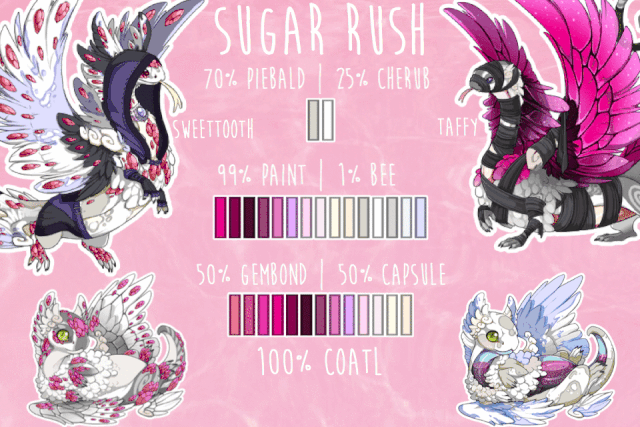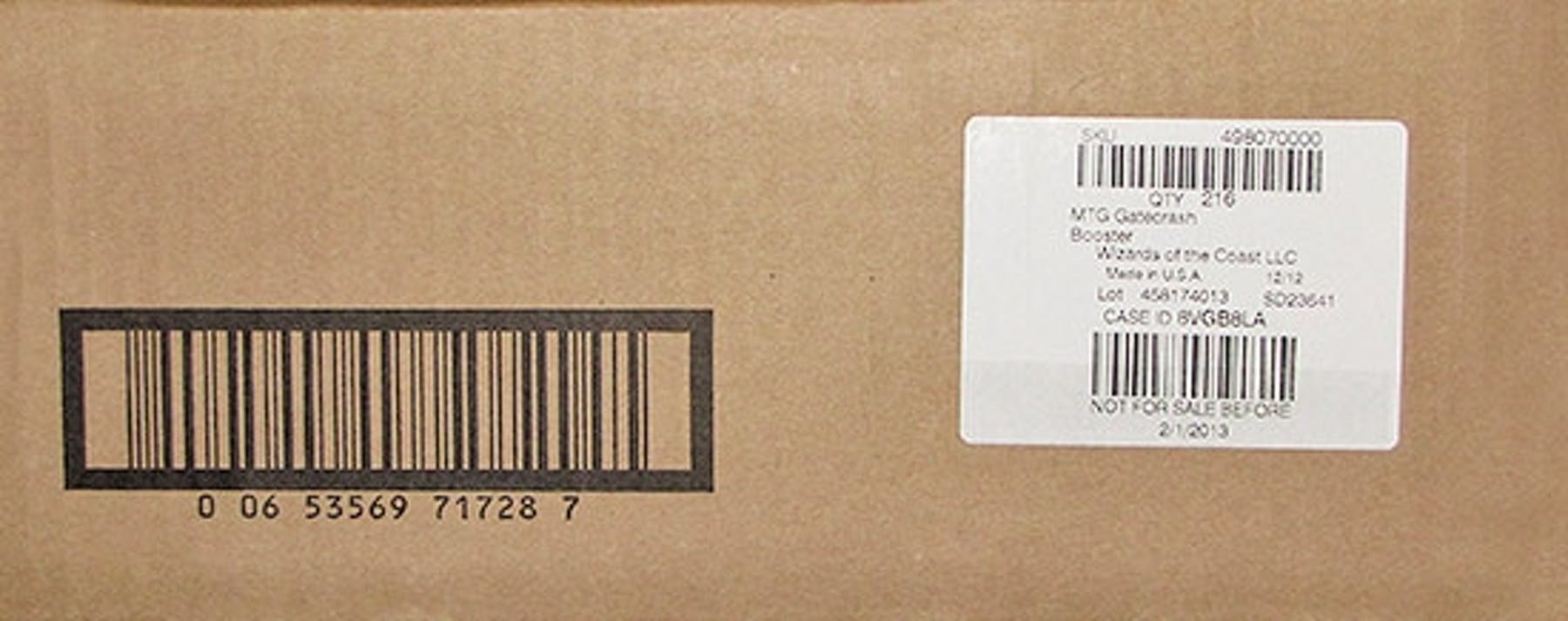

Ex: Leaf primary, Rose secondary, and Leaf tertiary XYX - A dragon with the same primary and tertiary color but a different secondary color.Ex: Ice primary, Ice secondary, and Shadow tertiary

XXY - A dragon with the same primary and secondary color but a different tertiary color.Ex: Obsidian primary, Obsidian secondary, and Obsidian tertiary XXX - A dragon with the same colors for all of their genes.Users, the site's Search function, and the Auction House use the following terms to describe a dragon's color pattern: Colors that go well together are often more desirable than clashing colors, though there can be a market for these so-called "eyeburners" as well. Many players find certain dragons more valuable than others due to color. This is, of course, an entirely personal choice! Some users prefer to breed dragons with small color ranges so as to be more able to predict the result, while others prefer to have wide variation in their hatchlings. User Straif's site can make cards displaying not only a pair's color range, but also their offspring's gene and breed chances. There are various fan tools which can be used to aid in determining possible colors of hatchlings, the most popular being FR user Peixes' site which will offer a URL which can be shared with others. A dragon's colors can have different additional patterns depending on their genes. The same is true for the secondary and tertiary colors. During breeding, the primary colors of the hatchlings are determined by the range of the parents' primaries. The primary covers the main body, the secondary covers the wings and extra features (such as manes, fins, and feathers), and the tertiary adds markings that may cover the body, the wings, or both. For example, if a red and a black dragon breed, their hatchlings can also be white and pink due to the arrangement of the color wheel.Įvery dragon has three colors. This can cause hatchlings to have colors that do not resemble those of either parent. All colors in this range are possible outcomes for their hatchlings, including the parents' colors on either end. To find this range, locate each parent's colors on the color wheel and take the shortest distance between them. When two dragons breed, the offspring's colors are determined by the color range between the parents.


 0 kommentar(er)
0 kommentar(er)
